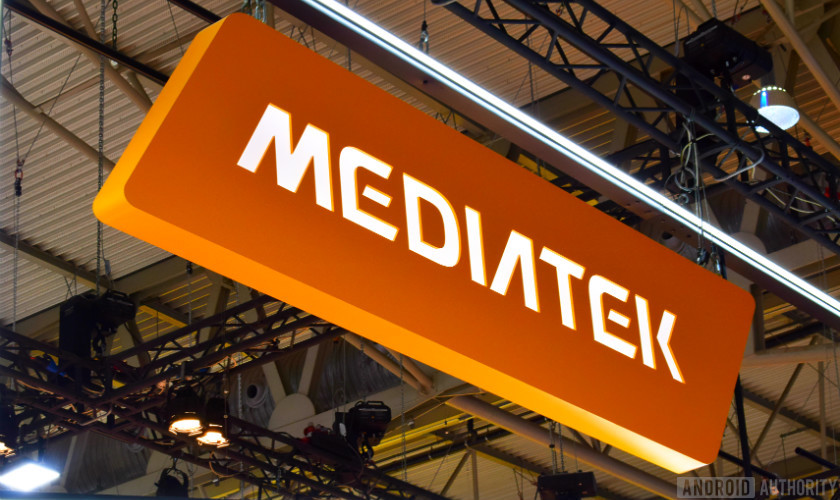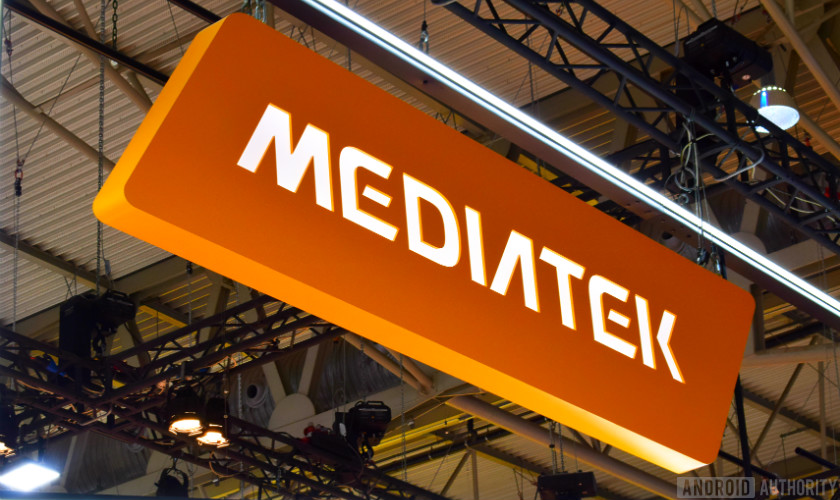The best MediaTek smartphones of 2018
MediaTek sits alongside Qualcomm as one of the most important third-party chipmakers in the Android smartphone ecosystem. The Taiwanese company’s processors are in loads of phones around the world.
Let’s take a look at some of the best MediaTek-powered smartphones on the market right now.
Redmi 6A
Xiaomi‘s Redmi A sub-category is its cheapest smartphone range around, but it delivers a few features you might not find on other sub-$100 devices.
The Redmi 6A is the latest model in the family, powered by the new Helio A22 chipset. This processor is designed for low-end phones, featuring a quad-core Cortex-A53 design, but it stands out thanks to a tiny 12nm design. Not even Qualcomm has a 12nm or lower chipset for ~$100 phones — its closest product is the 14nm octa-core Snapdragon 450.
The Xiaomi handset also has 2GB of RAM, 16GB of expandable storage, a 5.45-inch 720p display (18:9), a 3,000mAh battery, a 13MP rear camera, and a 5MP selfie snapper.
Redmi 6
If you like the Redmi 6A, but want something with a little more oomph, the slightly more expensive Redmi 6 might be for you.
The low-end Xiaomi phone offers a 2Ghz octa-core Helio P22 chipset (12nm, Cortex-A53), 3GB or 4GB of RAM, 32GB or 64GB of expandable storage, a 5.45-inch 720p display (18:9), rear fingerprint scanner, and a 3,000mAh battery. Photo duties are handled by a 12MP+5MP pairing on the rear, and a 5MP selfie snapper.
The best part about the Redmi 6 is probably the price. The phone has a starting price of 7,999 rupees (~$108) in India, and 799 yuan (~$115) in China.
Nokia 3.1
The Nokia 3 range has a successor this year in the form of the Nokia 3.1. For 139 euros (~$161), it’s a pretty solid entry-level smartphone.
HMD’s low-end phone delivers the venerable MT6750 octa-core chipset (eight Cortex-A53 cores), 2GB of RAM, and 16GB of expandable storage. The chipset is far from new, more in line with the old Snapdragon 430’s specs than newer Qualcomm chips, but it’s not a bad fit for the price-point. You’re also getting a 2,990mAh battery, 13MP main camera, 8MP selfie camera, and a 5.2-inch 720p display (18:9).
In a rather cool move, HMD has also opted to include NFC (in APAC and EMEA regions) and USB Type-C connectivity, which is a rarity at this price-point. Sure, it doesn’t have the Redmi 6’s dual-camera setup or fingerprint scanner, but you’re getting stock Android, updates, and a pleasant design anyway.
LG Q7
LG’s phone isn’t the most powerful device on the list, offering a MT6750S SoC (with eight Cortex-A53 cores), 3GB of RAM, and 32GB of expandable storage. The Q7 also offers a 3,000mAh battery, a rear fingerprint scanner, a 13MP f/2.2 main snapper, an 8MP selfie snapper, and a 5.5-inch full HD+ display. So far, so unspectacular, right?
The Q7 has one major ace up its sleeve, however, being the only phone on the list with IP68 water/dust resistance. So if you’re looking for a budget phone that’ll survive a dunking, this isn’t the worst device out there. The phone’s price seems to vary wildly though, coming in at 495,000 won (~$436) in Korea and 15,990 rupees (~$216) in India.
Realme 1
The first phone from Oppo sub-brand Realme turned heads upon its launch in India earlier this year, and for very good reason. The Realme 1 offered some capable internals, namely a Helio P60 chipset with dedicated AI silicon, 3GB,4GB, or 6GB of RAM, and 32GB,64GB, or 128GB of storage.
Realme’s device also packed a 13MP main camera, an 8MP selfie snapper, a 3,410mAh battery, and a 6-inch full HD+ screen (notchless). It didn’t look half-bad, either, thanks to a distinctive pattern on its rear cover.
The only real downside to the Realme 1 was its lack of a fingerprint scanner and dual camera setup, but these are available on the Realme 2. Still, it’s not a bad deal for a starting price of 8,990 rupees (~$125).
Nokia 5.1 Plus
HMD is obviously no stranger to MediaTek chips, and the Nokia 5.1 Plus is the most powerful one of the lot. For a starting price of 999 yuan (~$146), you’re getting a Helio P60 chipset, 3GB of RAM, 32GB of storage, and a notched 5.86-inch full HD+ screen.
There’s more to the phone than it’s horsepower though, as it’s also packing a 3,060mAh battery, USB Type-C support, a headphone jack, a 13MP and 5MP dual camera setup, and an 8MP selfie shooter. It’s an Android One phone, too, so it should receive regular feature and security updates.
If you need a little more grunt in your phone, you can pay 1,399 yuan (~$204) for a 4GB RAM and 64GB storage variant. The phone launched in India on October 1 for 10,999 rupees (~$151).
Oppo F9
Oppo’s new F9 doesn’t quite offer the most bang for your buck, but it’s got a great look. With gradient color schemes and a waterdrop notch on its 6.3-inch LCD screen (full HD+), this device doesn’t look like your average mid-range phone.
Pop the hood and you’ll find a Helio P60 chipset, 4GB to 6GB of RAM, 64GB of expandable storage, and a 3,500mAh battery with VOOC fast charging. In the camera department, a 16MP and 2MP pairing is on the rear, and a huge 25MP camera pulls selfie duties.
The phone isn’t perfect. It lacks USB Type-C support and NFC capabilities, but you can do a lot worse for around $330, something our own Lanh Nguyen found in his Oppo F9 review.
Can you think of any other great MediaTek-powered smartphones released this year? Let us know in the comments section! Looking for more smartphone guides? Then check out the links below.
from Android Authority https://ift.tt/2A8E1Ak










Comments
Post a Comment